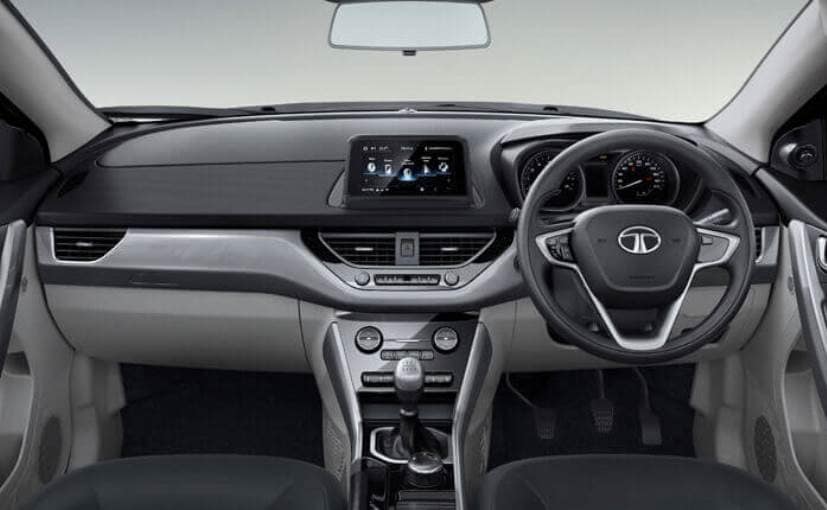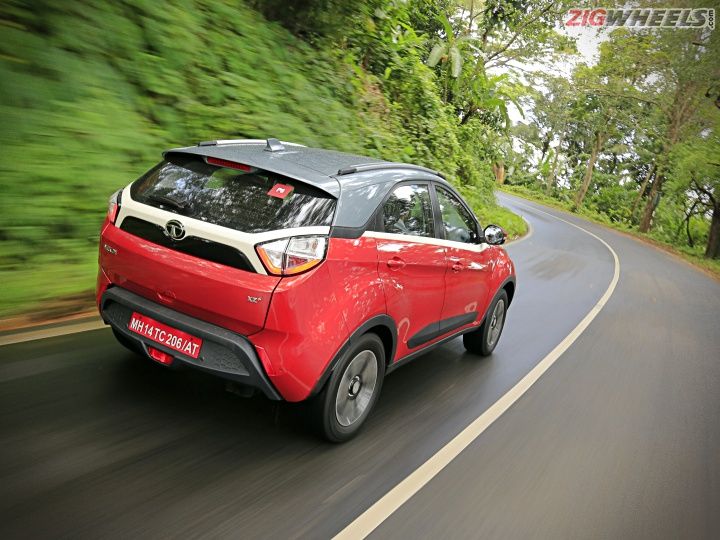The most
recent launch from Tata was the Nexon a car that competes with
cars like the
Renault Duster, and Suzuki’s Vitara Breza. All these cars are equipped with
diesel engines and petrol engines except the Breza. The Nexon uses a 1.5L
diesel and a 1.2L petrol motor. These engines are paired to a 6 speed manual
transmission. However the car is set to be launched with an automatic in a few
weeks.
What are the
positives that really standout to impress me?
At this
price point the car features a boat load of practical features. There is loads
of space to carry 4 members with ease, the suspension is designed to battle the
worst of the worst roads. What surprised most was the fact that Tata carried
over many of the design elements that were present on the concept to the actual
car.
Tata has
been launching cars with features no one could think of at the price point, for
example they come Harman Kardon speakers. The multi information display (MID)
provides information such as real time fuel economy gear, shift indication and
various other features. All this and more? Well yes the bottle holders can hold one 1L
bottle, and there is an umbrella holder that is suited for six different sizes
of umbrellas. Coming back to technology there is a 6.5 inch mat finished touch
screen with 8 speaker audio developed by Harman. The touch screen also doubles
as the rivers camera with adaptive guide lines.

How does the
engine perform?
The 1.5L
diesel engine churns out an impressive 110bhp and 260Nm of torque. I obviously
have not had the chance to experience it personally, but here is what various
sources have to say. Team bhp mentioned that “it is eager to get of the line
even in second gear without any hesitation”, now that is something. With the 6th
gear it makes highway runs a breeze, due to good torque distribution.
Coming to
the petrol well it is the same 3 cylinder Revotron that produces 110 bhp and 170
NM of torque. The torque puts in par with the Ford Eco Sport. It has the same
TA6300 6 speed manual gearbox. Now sources say that the throttle response is
not as sharp as one may prefer in city mode, change it sport and the car feels
eager to take of improving the throttle response immediately.
What makes
the Nexon that much better?
As we have
seen the previous launches from Tata such as the Bolt, Zest, and Hexa are
nothing but a major refresh of a model that was not selling well. But what Tata
did with the Tiago, Tigor, and the Nexon is different. Okay I agree that some
of the switch gear may be starting to show its age in the Nexon, and you may
still find rattling plastics. This can now be overshadowed by the fact that
Tata has actually got many things right, starting with the ride quality and
handling, followed by the engines as we know its main rival is still missing a
petrol engine (Vitara Breza).

How is it on
the pocket?
The Nexon manages to fit comfortably in terms
of running costs as spares for both the engines are low, and even better Tata
managed to win JD powers awards for best customer service index.
Would I buy
the Nexon over its competition?
For me, I would look at the Nexon as a real
deal when compared to the others in this segment, sure it may not have the
handling capabilities of the Ford Eco sport but the Nexon has more cabin space.
When compared to the Vitara Breza I would still pick the Nexon and here’s why.
The Nexon has the presence and looks that turns heads, it truly is unique
looking. The second reason would be the space, along with the ride quality and
overall performance on road. At the end of the day it is the more practical
buy, especially the diesel automatic that will be launched shortly. This was my
opinion on the Tata Nexon.

Well analyzed and a good review. Covers in depth all aspects from performance, styling, handling etc. What I liked is the care you have taken to look at minor details like space for bottle holder, umbrella space which most of us tend to ignore and realize how difficult it is to carry/store things post purchase.
ReplyDeleteA nice review with a smooth flow. Keep it going, I enjoy reading your auto blogs.